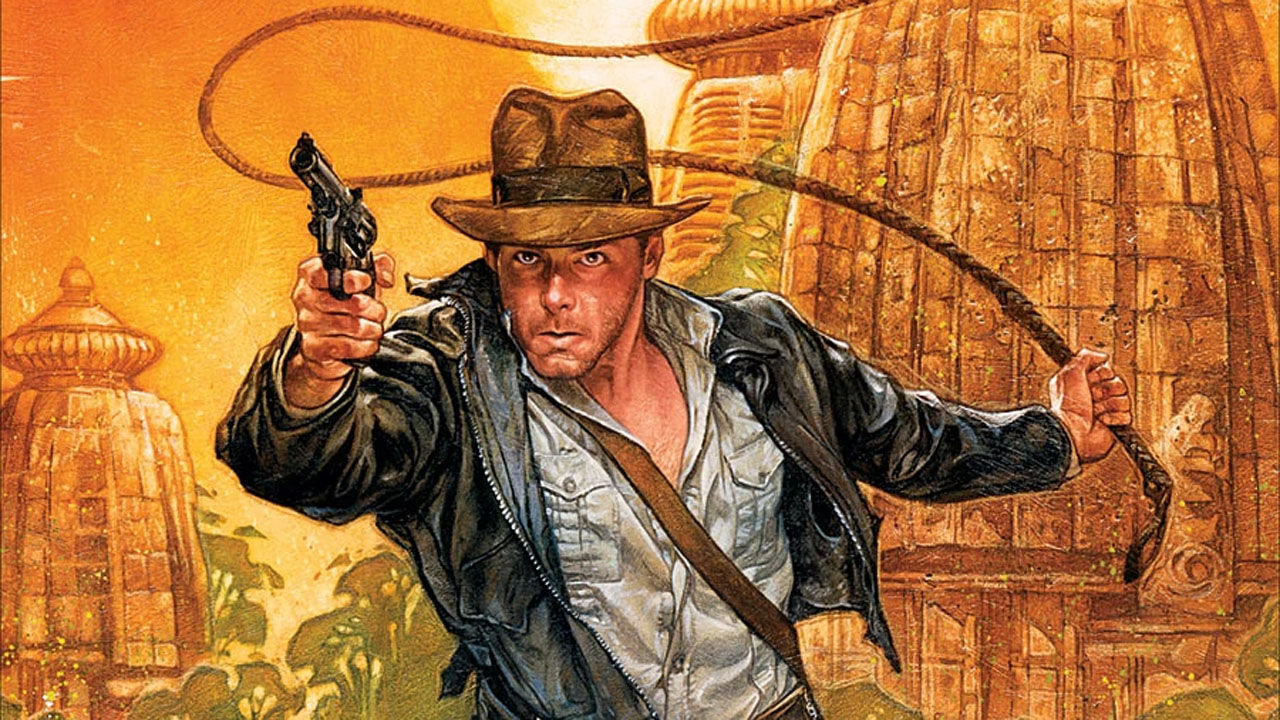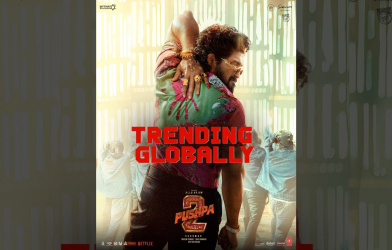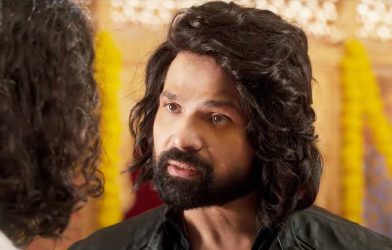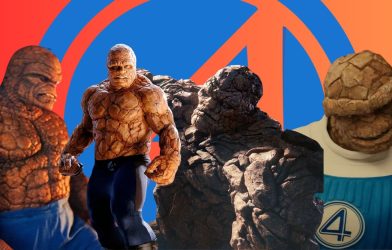The end of an era is here as Harrison Ford makes his final turn as Doctor Henry “Indiana” Jones Jr. in Indiana Jones and the Dial of Destiny. In 1981, George Lucas and Steven Spielberg created Indy for the first film in the series, Raiders of the Lost Ark, and Ford has portrayed Indy in every subsequent movie. So far, Lucasfilm has downplayed rumors of anyone taking over the role from Ford after The Dial of Destiny.
Fortunately for fans, the end of the films doesn’t necessarily mean the end for Indy himself. There’s already been one Indiana Jones TV series, and Disney+ is rumored to be working on another show set in that world. Additionally, Indy’s story has been expanded in numerous comics, novels, and video games. To celebrate the release of Indiana Jones and the Dial of Destiny, we’re taking a look back at Indiana Jones’ adventures beyond the movies.
The (Retitled) TV Show
In 1989, everyone thought that Indiana Jones and the Last Crusade was really the last ride for Indy. However, Lucas was inspired by that film’s opening prologue, which featured the late River Phoenix as young Indy. That’s why Lucas went forward with The Young Indiana Jones Chronicles, a TV series that ran for two seasons on ABC. Following the show’s cancellation in 1993, there were a few TV movies that continued the series.
Unlike the theatrical films, which embraced fantastical adventures with a touch of the supernatural, Young Indiana Jones Chronicles was far more grounded. Lucas also boasted that the series would be “educational” as young Indy encountered historical figures. The bulk of the show followed Sean Patrick Flanery as a teenage and young adult Indy, although Corey Carrier also starred in the series as an even younger Indy during his childhood. The show initially split the focus between the two Indys at different points in their lives, though eventually more episodes began to focus on Flanery, as we learned Indy fought in World War I (and met a whole bunch of historical figures).
Harrison Ford made a single appearance on the series in a bookend segment during the second season, which was Ford’s last turn as Indy until his return in 2008 for Indiana Jones and the Kingdom of the Crystal Skull. But there was also one more incarnation of Indiana Jones in the show: George Hall’s Old Indy, who would often appear in the 1990s present day segments to bookend each episode. In this continuity, Old Indy sported an eye patch, and he had a daughter, Sophie, and three grandchildren, Spike, Lucy, and Caroline, as well as two great-grandkids, Annie and Harry.
However, subsequent edits of Young Indiana Jones Chronicles released on VHS and DVD have removed the Old Indy segments, leaving their status as canon in question. Beyond editing together what were once two episodes into longer movies, additional scenes with the cast were filmed to connect the stories, and the segments were rearranged in chronological order under a new title: The Adventures of Young Indiana Jones. This is the version of the series that is currently on Disney+, and it is currently the only legal way to watch the show.
It’s worth noting that Kingdom of the Crystal Skull actually included a direct reference to one of the episodes of the TV show, when Indy reveals to his son, Mutt Williams, that he once rode with Pancho Villa.
The Comic Book Adventures
Marvel was the first company to take a real stab at keeping Indiana Jones alive in popular culture in-between sequels. So while the Raiders of the Lost Ark adaptation was technically the first Indiana Jones comic, 1983’s The Further Adventures of Indiana Jones was the first-ever ongoing comic book series for everyone’s favorite archaeologist.
John Byrne, one of Marvel’s top artists/writers of that era, kicked off The Further Adventures of Indiana Jones with a very impressive two-part story. Following Byrne’s tale, the series was allowed to follow up on things from the films like Indy’s relationship with Marion Ravenwood post-Raiders, as well as the return of Short Round following the release of Indiana Jones and the Temple of Doom in 1985. For the record, Short Round was apparently shipped back to boarding school after his comic book team up with Indy.
Unfortunately, The Further Adventures of Indiana Jones only lasted 34 issues before it was canceled and an adaptation of Indiana Jones and the Last Crusade was the last Indy comic book published by Marvel to date. But in 1991, Dark Horse Comics picked up the Indy rights and hired writer William Messner-Loebs and artist Dan Barry to adapt the video game, Indiana Jones and the Fate of Atlantis, as a comic.
Dark Horse went on to publish seven additional Indiana Jones miniseries before canceling plans for additional comics. The last official Indiana Jones comic was the 2008 adaptation of Indiana Jones and the Kingdom of the Crystal Skull. Although Disney now owns both Marvel and Lucasfilm, there have surprisingly been no further Indiana Jones comics.
The Book Adventures
As with the comics, Indy’s first novels were simply adaptations of the films. But Rob MacGregor, the writer of The Last Crusade novelization, went on to write six original novels that continued Indy’s adventures. Surprisingly, MacGregor often went for an even larger scale than the films, including a quest for Noah’s Ark in Indiana Jones and the Genesis Deluge. But the biggest change that MacGregor was allowed to make was the introduction of Deirdre Campbell, Indy’s first wife.
Deirdre made her debut in Indiana Jones and the Dance of the Giants, which established her as one of Indy’s students in 1925. She subsequently went on an adventure with him to uncover proof that Merlin existed, and they fell in love. The pair were married in the subsequent novel, Indiana Jones and the Seven Veils, a full decade before the events of Raiders of the Lost Ark. However, they shared only a single adventure as man and wife before Deirdre perished in a plane crash. Although Indy mourned his late wife in the subsequent novels, her existence in the Indiana Jones canon has seemingly been ignored or completely retconned.
There were six additional Indiana Jones novels, two by Martin Caidin and four by Max McCoy. Caidin and McCoy followed MacGregor’s lead by maintaining the fantastical elements of Indy’s mythos, and depicted his quests for the Philosopher’s Stone and his exploration of the Hollow Earth. McCoy’s final novel, Indiana Jones and the Secret of the Sphinx, was published in 1999. It took ten years for another novel to appear, but in 2009, Steve Perry wrote Indiana Jones and the Army of the Dead. But as with the comics, there have been no new Indiana Jones novels in years.
Stories for Junior Archaeologists
This will likely not come as a surprise, but Indiana Jones was very popular with kids in the ‘80s and early ‘90s. That’s why there are far more children’s novels for Indy than there are for adults. Future Goosebumps creator R. L. Stine kicked off Indy’s first Find Your Fate novel with Indiana Jones and the Curse of Horror Island in 1984, before writing three additional Indy novels in the series. In case you were wondering, Find Your Fate was essentially the same thing as Choose Your Own Adventure, which lets readers choose Indy’s actions from a few selections.
There were ultimately 11 Find Your Fate Indiana Jones novels before that series ended in 1987. But when The Young Indiana Jones Chronicles was on television, Richard Brightfield actually wrote eight official Choose Your Own Adventures books based on the show, bypassing the previous Find Your Fate branding. Young Indiana Jones also had book adaptations of some of its episodes, plus several original novels that continued the story of teenage Indy and his even younger self.
In 2008, to coincide with the release of Kingdom of the Crystal Skull, Scholastic brought Indy to the middle-grade readers with new adaptations of the first three films. Additionally, there were two original middle-grade Indiana Jones novels: Ryder Windham’s Indiana Jones and the Pyramid of the Sorcerer and J.W. Rinzler’s Indiana Jones and the Mystery of Mount Sinai. But as with Indy’s comics and novels, the young readers’ books have been absent for years.
Raiders of the Lost Video Games
The very first Indiana Jones video game was Atari’s Raiders of the Lost Ark in 1982, a game that was perhaps far too difficult to play for most gamers, largely due to the technical limitations of the Atari 2600. The Indiana Jones and the Temple of Doom arcade game was a big improvement, largely because it allowed players to whip enemies and ride in minecarts. The game was subsequently ported to the NES.
Indiana Jones in the Lost Kingdom was a Commodore 64 title that has two distinctions. It is the first ever original Indiana Jones video game, and it has one of the best taglines we’ve seen: “Nobody told Indiana Jones the rules. And no one will tell you.” Basically, players were on their own if they wanted to solve the game’s puzzles. The Lost Kingdom also opened the door for more computer games, including the split adaptation for the third movie: Indiana Jones and the Last Crusade: The Action Game and Indiana Jones and the Last Crusade: The Graphic Adventure. As the names imply, the former was more of an action title, while the latter was puzzle oriented.
While all three of the original films were adapted for the SNES’ Indiana Jones’ Greatest Adventures, fans in the ‘90s and ‘00s were better served on computers with original Indy adventures including Indiana Jones and the Fate of Atlantis, Indiana Jones and the Infernal Machine, Indiana Jones and the Emperor’s Tomb, and Indiana Jones and the Staff of Kings.
Fate of Atlantis is particularly popular among both Indiana Jones fans and gamers for a number of reasons. It serves as a sequel to both The Last Crusade movie and games by moving the story to 1939, and by introducing one of Indy’s best love interests: Sophia Hapgood. Sophia was once an archaeologist before reinventing herself as a psychic. On a prior adventure with Indy, Sophia had kept a necklace that belonged to the Atlantean king Nur-Ab-Sal, which had genuine supernatural power.
One of the other big reasons why Fate of Atlantis is remembered as an all-time great adventure game is that it gave players three different ways to play. In the Team Path, Indy and Sophia work closely together while searching for Atlantis. In the Wits Path, Indiana Jones will have to solve several difficult puzzles. And finally, the Fists Path is exactly what it sounds like: it’s almost all action. In our opinion, Fate of Atlantis is overdue for a modern remake.
Although there hasn’t been a new game in the franchise for years, Bethesda Softworks and Lucasfilm Games are collaborating on an upcoming Indiana Jones title that will presumably be an exclusive for Xbox Series X and Series S and PC. But that game may still be several years away.
For now, Indiana Jones and the Dial of Destiny will be the only Indy adventure in our immediate future. But if it does well, we suspect more comics, novels, and games will follow.









